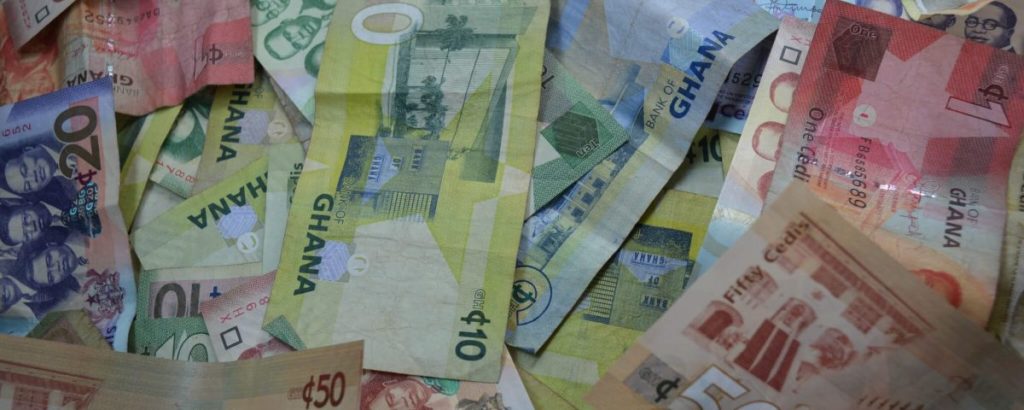A total of about 18.8 percent of persons in lockdown areas who were unable to fulfil their payment obligations on time took loans from financial institutions, according to recent findings by the Ghana Statistical Service together with the United Nations Development Programme which was based on the Local Economies Tracker conducted on 2770 communities and localities in Ghana.
The Ghana Statistical Service in a statement released on September 29, 2020, revealed that out of 14.4 percent of localities in lockdown districts, at least one individual postponed payment of their debts and as a result, approximately 18.8 percent of members in such localities resorted to financial institutions for loans. More so, 11.4 percent also bought items on credit.
The government statistician opined that this may possibly lead to a debt overhang with its associated consequences in the long-term.
“14.4% of localities in lockdown districts reported that at least a member of their locality delayed their payment obligations with about 18.8% taking loans from financial institutions and 11.4% purchasing on credit, which are likely to lead to debt overhang with its accompanied long-term consequences”.
The statement of the Ghana Statistical Service further asserted that out of the 554 localities within the districts in lockdown areas, 18.4 percent disclosed that at least a member of their vicinity depended on their savings during the partial lockdown. Also, 17.9 percent sold their belongings in order to cope with the effect of the pandemic and the accompanying restrictions instituted by the government.
The report further elaborated on various strategies which persons residing in the localities surveyed have adopted to cope with as well as mitigate the negative effect of the pandemic on their livelihoods. Prof. Samuel Kobina Annim, the government statistician indicated that, the strategy that was generally used by most people was borrowing and obtaining assistance from families and friends. Also, reducing food consumption was also done.

In their survey, over 50% of localities within the lockdown areas mentioned that at least one member in their neighbourhood received some form of assistance or borrowed from family and friends. The statistics indicate that 39.4 percent of people within these localities received assistance while 36.5 percent resorted to borrowing from family and friends which was higher than that of localities across the border and other districts which recorded 15.4 percent and 16.6 percent correspondingly in terms of assistance received and then 16.6 percent and 12.9 percent in relation to borrowing.
“The most widely used strategies were borrowing and receiving of assistance from families and friends, as well as a reduction in food consumption. More than half of localities in the lockdown districts reported that at least a member of their locality received assistance (39.4%) and borrowed (36.5%) from family and friends compared to a sixth of localities across the border and other districts”.
Reduction in consumption was seen in all 2770 localities visited within the lockdown areas, border districts and other districts and generally hovered around 9 percent for all of them.
Overall, the report indicated that the COVID-19 pandemic which has had widespread consequences on the economy had necessitated the adoption of these different strategies in order to properly deal with and mitigate the negative impact of shocks experienced due to the pandemic.



















